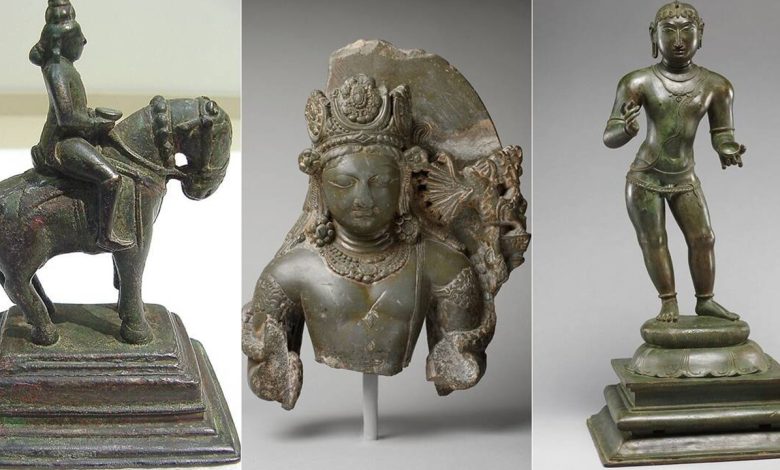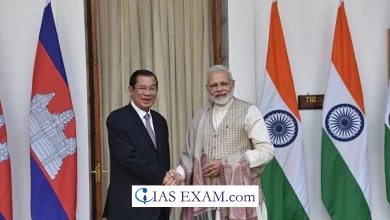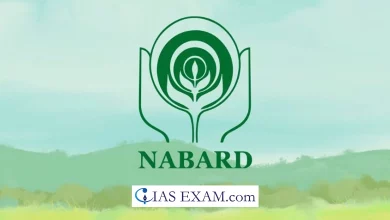
Context- There is an imposing hole between curio that has been “formally” pronounced missing and what is surfacing in worldwide business sectors or being found in exhibition hall retires and lists.
Key Highlights
- Since Freedom, 486 ancient pieces have been accounted for as absent from the 3,696 landmarks secured and kept up with by the Archeological Overview of India (ASI).
- Since 2014, ASI reports that 292 foreign antiquities have been brought back to India, including 13 from 1976 to 2013.
- The ASI lists 17 states and two Union Territories as missing antiquities. Among them are 86 from Uttar Pradesh, 95 from Rajasthan, and 139 from Madhya Pradesh.
- The “number of antiquities retrieved from abroad” by the ASI “are not even the tip of the iceberg in comparison to the huge number of antiques smuggled out of the country” was highlighted by the Parliament committee.
- Landmarks and destinations kept up with by the ASI is just a “little rate” of the all out number of archeological locales and landmarks the nation over.
- UNESCO also serves as an illustration of the threat posed by lost artifacts. “More than 50,000 art objects have been smuggled out of India until 1989,” it estimates.
Antiquity
- An object or work of art that has been around for at least one hundred years is considered an “antiquity” under the Antiquities and Art Treasures Act of 1972, which took effect on April 1, 1976.
- This includes things like coins, paintings, sculptures, epigraphs, detached articles, and other things that reflect science, art, literature, religion, customs, morals, or politics from a bygone era. Other examples include these things as well.
- This duration is “not less than 75 years” for “manuscript, record or other document which is of scientific, historical, literary, or aesthetic value.”
Initiative for Protection
- Indian Initiative :
-
-
- The country’s heritage is addressed in India by Items 67 of the Union List, 12 of the State List, and 40 of the Concurrent List of the Constitution.
- In order to ensure that no antiquity could be exported without a license prior to independence, the Antiquities (Export Control) Act was enacted in April 1947.
- In order to safeguard ancient monuments and archaeological sites from misuse, the Ancient Monuments and Archaeological Sites and Remains Act was enacted in 1958.
-
- Global:
-
- The Convention on the Means of Prohibiting and Preventing the Illicit Import, Export, and Transfer of Ownership of Cultural Property was drafted in 1970 by UNESCO.
- In addition, resolutions calling for the protection of cultural heritage sites in conflict zones were passed by the UN Security Council in 2015 and 2016.
Retrieval of the Antiquities
- Categories:
-
- items taken from India prior to independence;
- from the time of independence until March 1976, removed artifacts;
- Since April 1976, the nation has lost its treasures.
- Prior to India’s independence, requests for the return of antiquities must be made bilaterally or in international forums.
- For instance, in November 2022, the Maharashtra government declared that bringing back the blade of Chhatrapati Shivaji Maharaj from London was working.
- With the assistance of the UNESCO convention and by raising an issue bilaterally with proof of ownership, the second and third categories of antiquities can be easily recovered.





.png)



